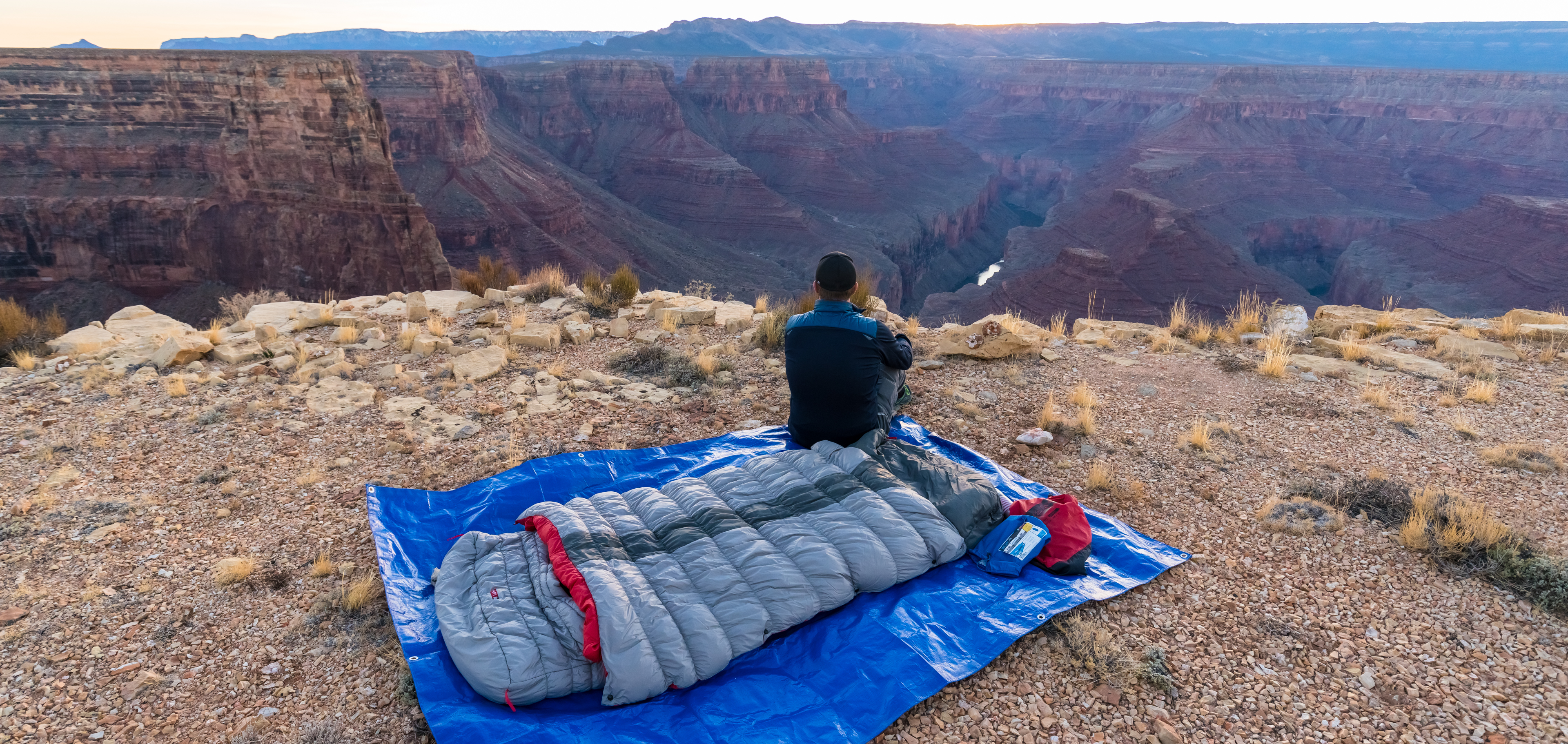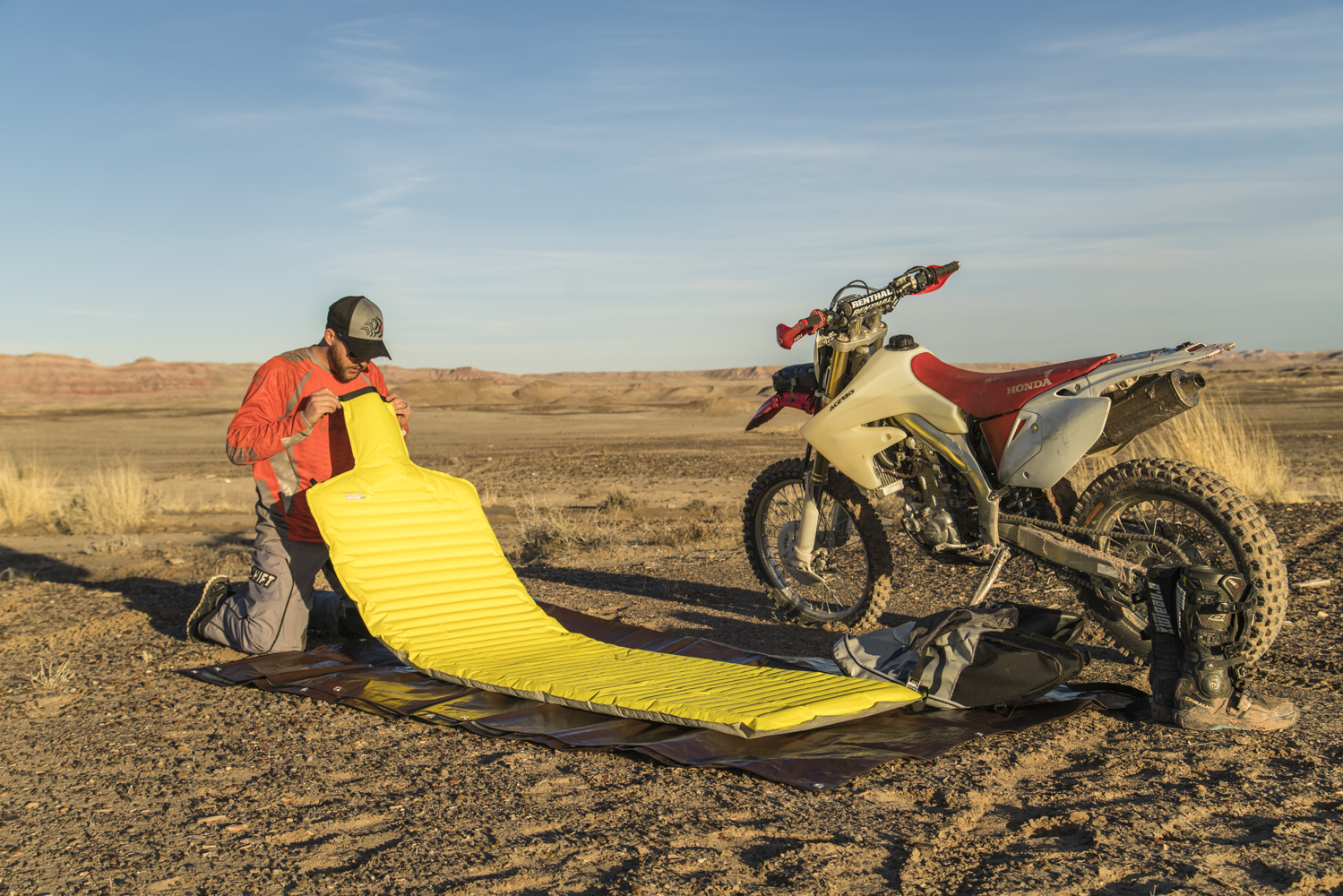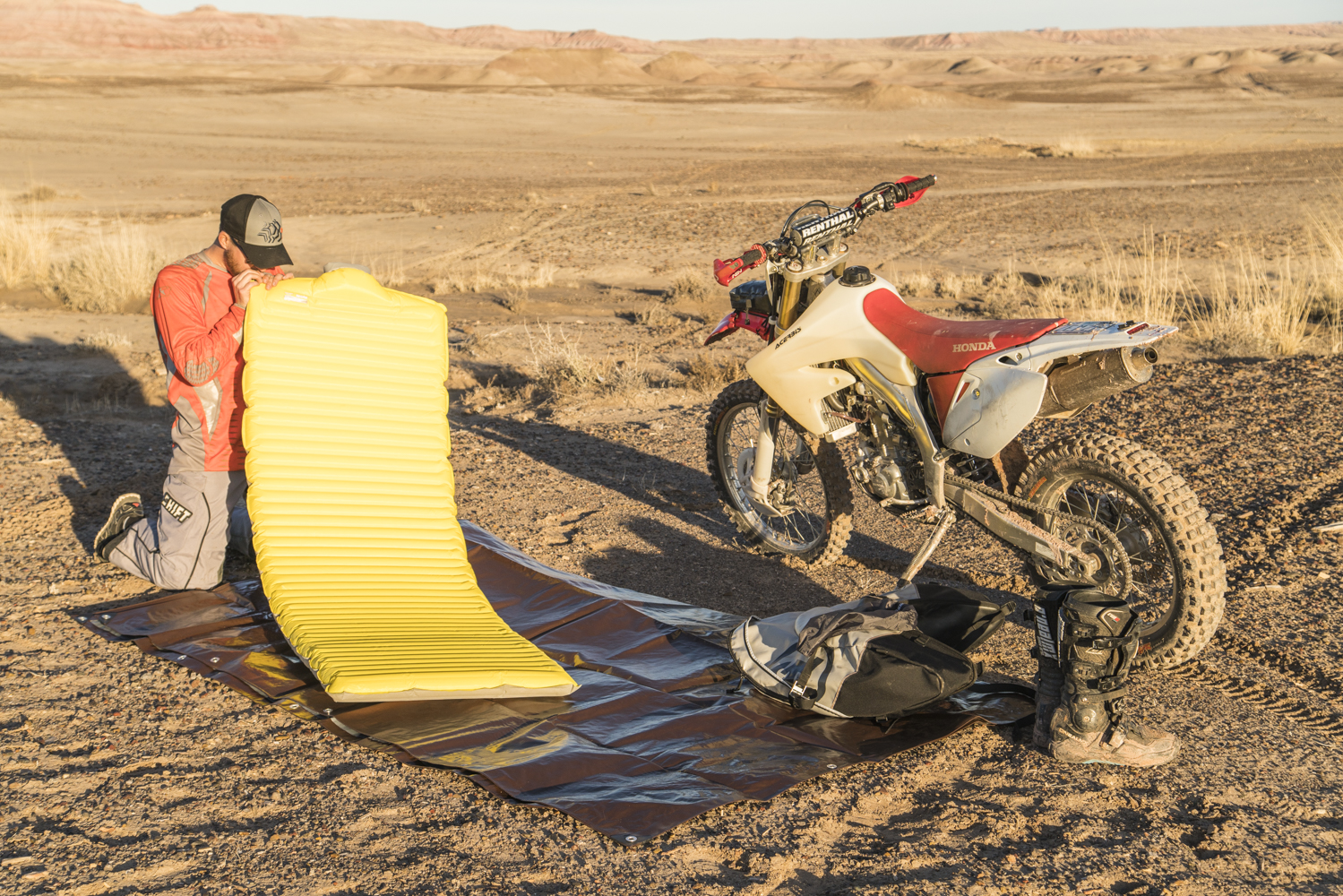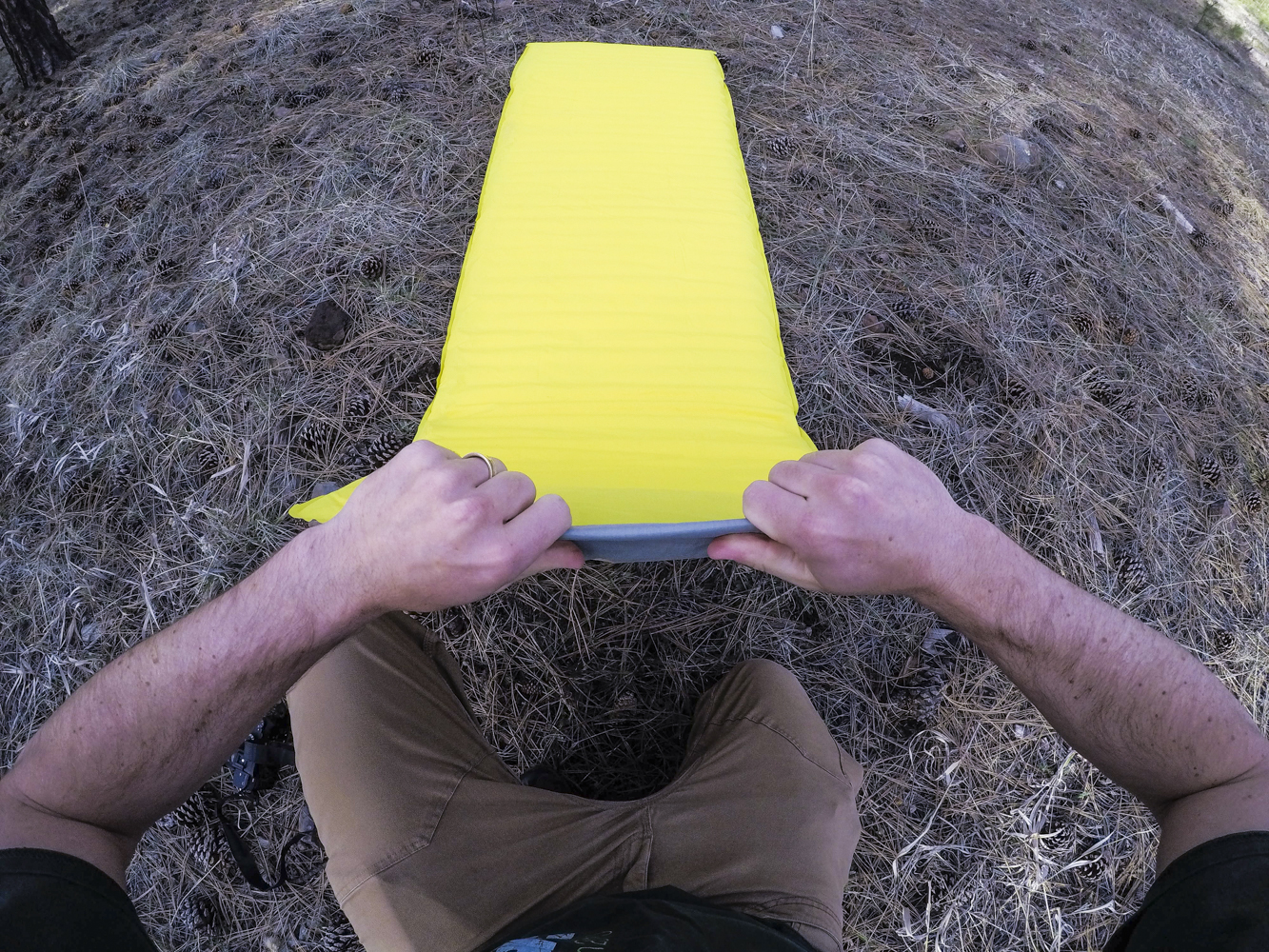Getting quality sleep is a key part of being able to truly enjoy camping, so gear that keeps you more comfortable and allows you to sleep better is something that should top every gear list. If we’re honest with ourselves, we’ve probably all had nights where we didn’t sleep well or where we didn’t sleep at all while camping. Maybe it was the crappy sleeping bag that didn’t keep you warm, or the bag that fit you like a glove to the point that you felt like you were being mummified. Or maybe it was your sleeping pad that didn’t insulate you well enough from the cold ground, or caused your body to ache in the morning because it didn’t do a thing to make the ground any more comfortable. There’s no reason that you can’t have a good night’s sleeping while camping – you just need the right gear.

MEET CONCERTO
Nemo Equipment calls their Concerto sleeping bag the new definition of comfort while camping, and after using it over the last six months, I’m inclined to agree. The concerto is what happens when the technical gear wizards at Nemo make a sleeping bag based on real world experience and outdoor industry technologies in a design inspired by your bed at home.





Crawling into the Concerto is actually quite like climbing into a real bed, where you’ll find space aplenty and cozy layers that can be configured to keep you comfy in a wide range of temperatures. The first layer is a sheet that is zippered on both sides of the bag so that you can adjust it to your liking. On top of the sheet is a 700 fill Downtek down comforter that can be snapped all the way up around your neck with the oversized draft collar in place, or rolled nearly all the way off you if you don’t need it. The net effect of these layers is that you feel like you’re in a real bed – and unlike a single-sided zip sleeping bag, you can have your choice of which side you want to access the bag from.

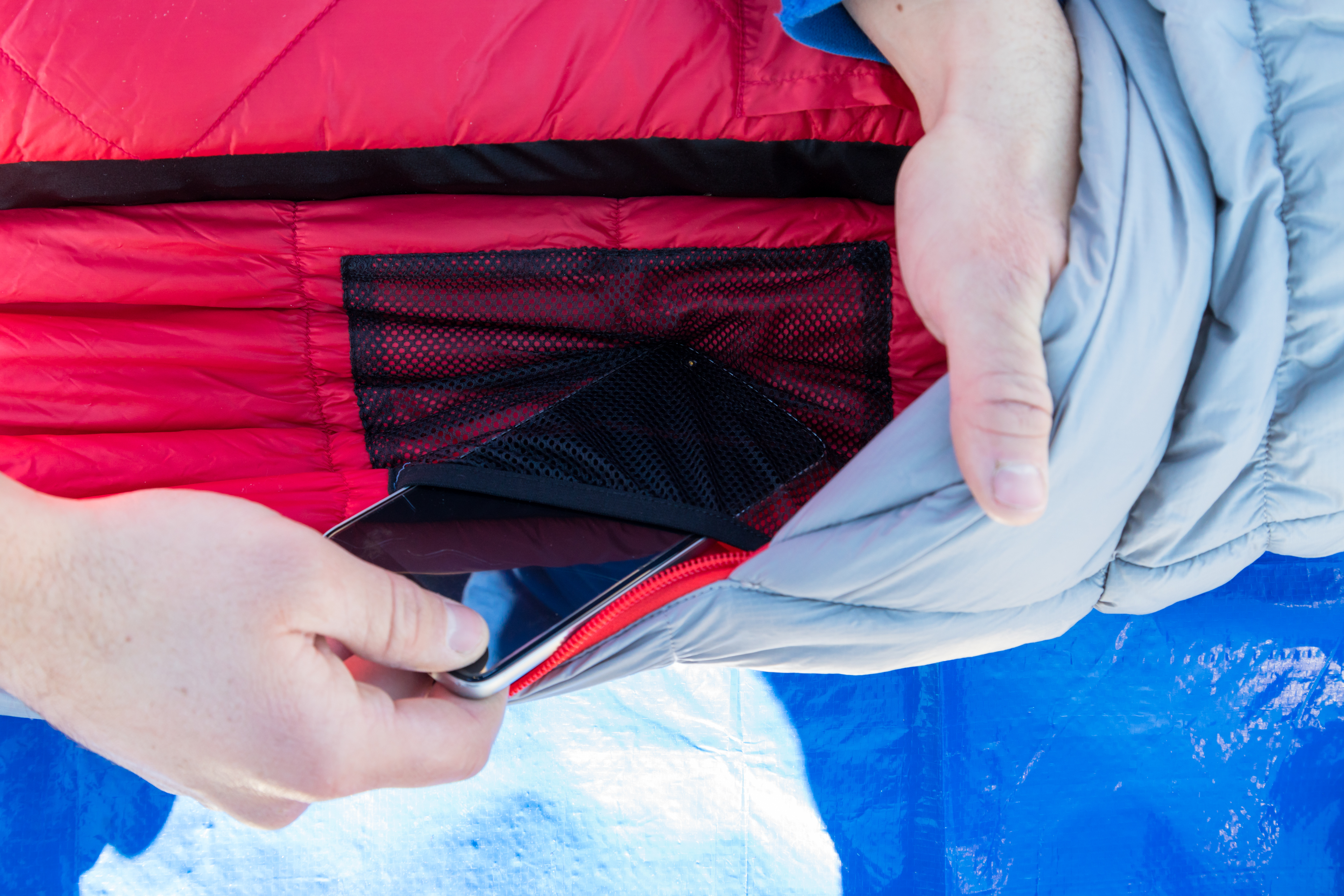
Inside the bag, the bottom layer is quilted for comfort, and you’ll find a pillow pocket that accepts a Nemo Fillo (which has been my favorite camping pillow for years) or some folded layers to create a stay-in-place pillow. There are two mesh pockets inside the bag, one each side near your shoulders so you can stash your headlamp or whatever other small items you need with you for easy access. Out back, the Concerto has a sleeve that will accept up to a 25inch wide sleeping pad, and Nemo’s Vector Insulated 25L is a great choice here – more on the Vector in just a minute. The Concerto packs in to a storage bag that may seem loose at first take, but this is so that you can toss the Concerto with a sleeping pad and pillow in place into the storage bag and still easily get it closed. Making camp, and packing up, just became a faster and easier.
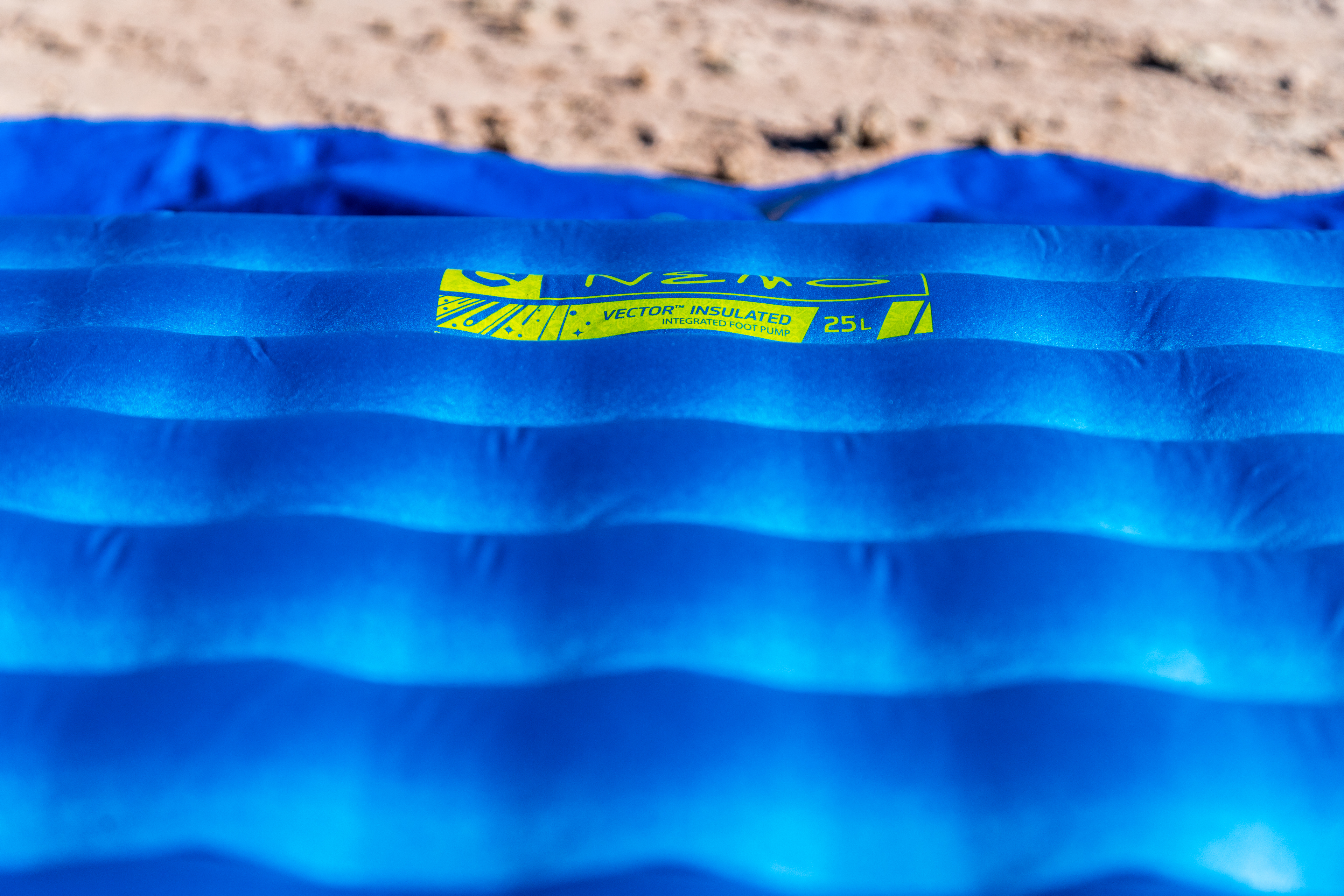
MEET VECTOR
I chose Nemo’s Vector Insulated 25L Sleeping Pad because the specs for the pad made it sound like it had the potential to be a true quiver-of-one sleeping pad – and in use I was not disappointed. The Vector Insulated 25L strikes a sweet spot between featherlight backpack-ability and car camping comfort. It weighs in a 1 pound, 8.5oz, which is pretty light for a 25inch-wide insulated pad that’s 6’4” long and also packing a foot pump. Its three-inch thickness makes it thick enough for comfortable side sleeping, and the insulation makes it a pad that you can use on the cold side of freezing temperatures.
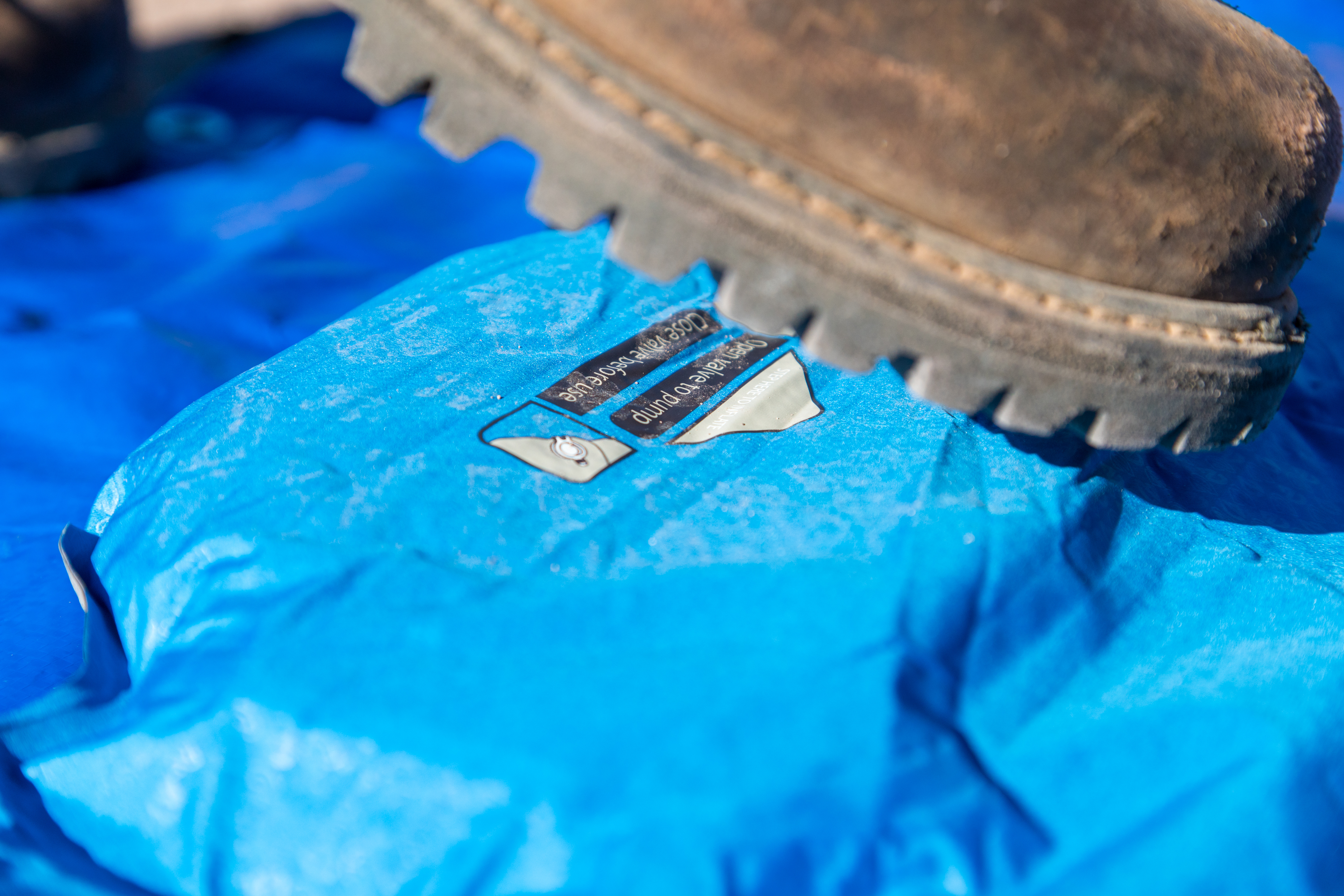
The foot pump makes inflation fast and easy with a few light stomps, and you can also get great results with your hands when working inside a tent or truck cap. You don’t have to master any breathing or blowing techniques here – just compress the pump a few times and your pad will inflate. A conventional mouth valve allows you to fine tune your pad pressure, and a dump valve allows you to deflate the pad quickly. No more kneel-deflate-wait-roll-repeat procedures here.



LEARNING IN THE DARK
The first time I used the Concerto and Vector Insulated 25L was at zero dark thirty after ducking onto a dirt road in a place I’ve never been after a full day of driving from Flagstaff, AZ to Rigby, ID. If this sounds like a great time to figure out how gear you’ve never used works, you’re absolutely correct – but it took me all of 4 minutes to get a bed setup for the night. Tarp, Vector, Concerto, Fillo in it’s pocket, and everything was ready. The temperature was in the mid sixtys when I stretched out in the Concerto for the first time, and snapping the down comforter all the way off but leaving the sheet zipped up was the perfect setting and I soon fell fast asleep. As the night cooled off, I woke up once to pull up the down comforter, but otherwise I slept great.


Things were much colder in the morning, and I awoke to a down comforter covered in dew. Thankfully the Concerto is made with DWR materials and Downtek is treated down, so despite the fact that I was sleeping under a layer of beaded water, I was still totally dry, and sold on the comfort and performance of the Concerto and the Vector.

Since my trip to Eastern Idaho in June, I’ve taken the Concerto on a number of trips and it’s continued to provide me with great sleep every time I’ve used it. Moving into Fall and colder temperatures, the bag has done better than I expected closing in on freezing temperatures as long as the wind isn’t blowing when you’re sleeping under the stars. I found out the hard (cold) way that cold airflow can make it’s way under the down comforter if you’re sleeping broadside to the breeze. Rolling my tarp over me provided a wind break on that night, but it would be awesome to see Nemo come up with a way to seal the comforter to the bag better. I’m also worried about tearing out a snap, so adjusting the comforter is an exercise in care and patience. My only other wish for the Concerto would be a sheet system that worked like a sleeping bag liner and that was completely removable. With a removable sheet, you would be able to simply wash the sheet just like you wash a liner, and would therefore have to wash your bag less often.
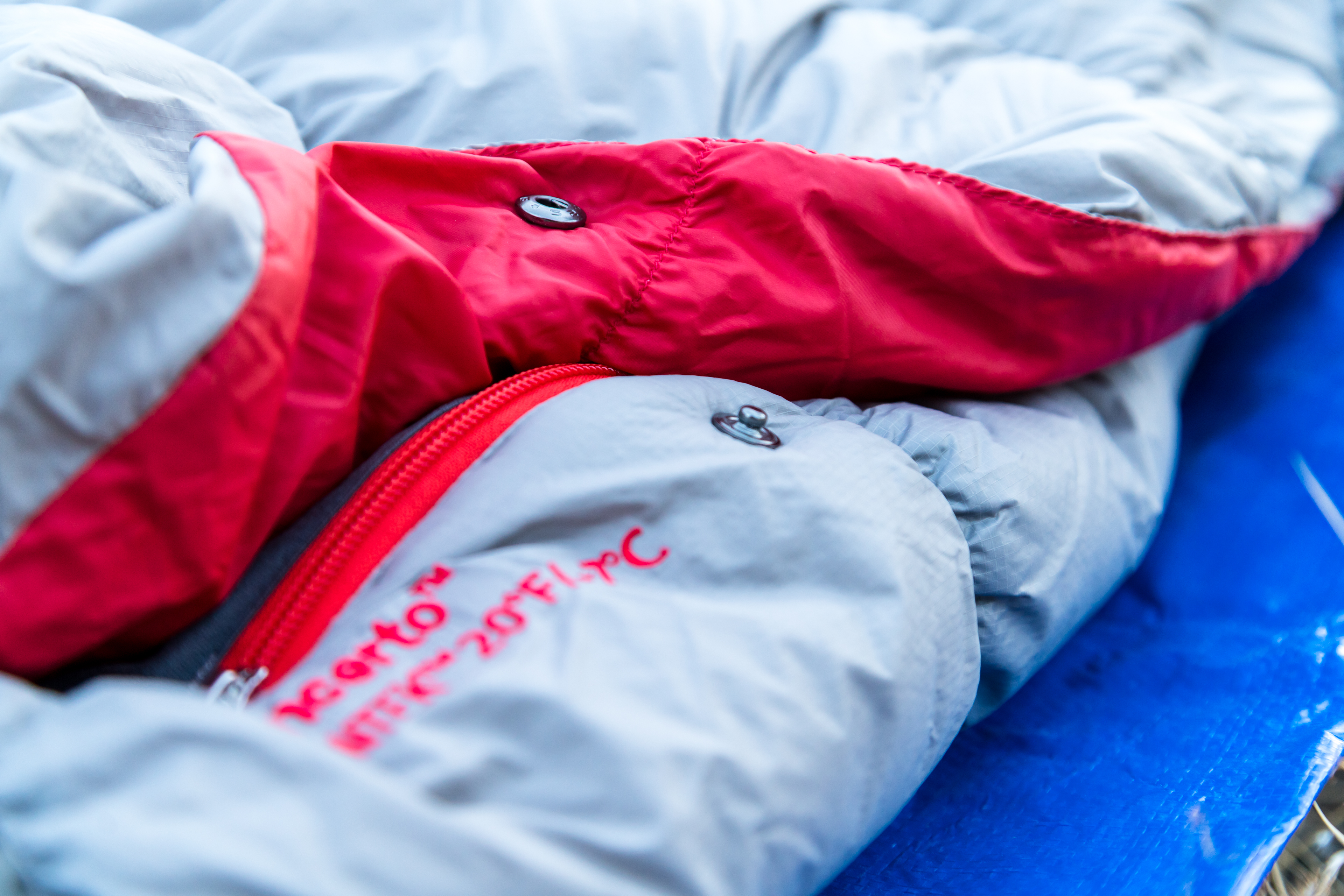
The Vector has proven to be a great sleeping pad to the point that it’s my most used pad, hands down. With its easy foot pump inflation, dump valve deflation, and great physical comfort and insulation, the Vector is a hard pad to find fault with. Not once have I experienced any air leakage while using it and the pad is much quieter than other “bag of chips” pads out there. It also packs to a small enough size that it’s a great choice for backpacking or moto-camping, and its been a great pairing with my backpacking sleeping bags too. If you’re only allowed one sleeping pad to your name, the Vector would be a great way to go.
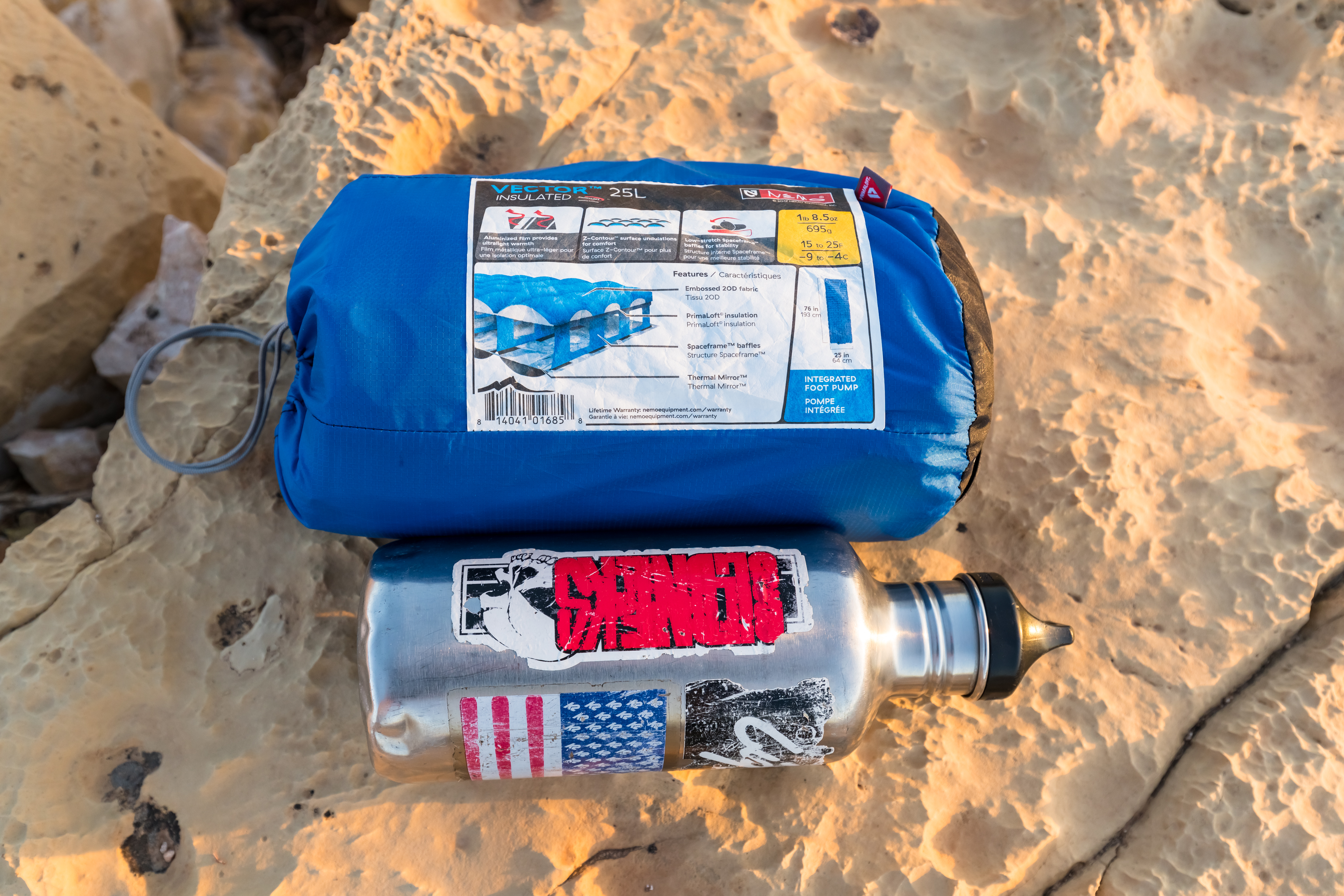
ENJOY THE FIVE BILLION STAR HOTEL
The Nemo Concerto sleeping bag and Vector Insulated 25L sleeping pad work together to make a great sleeping system that, when combined with the Nemo Fillo, provides better sleeping comfort than a number of real beds and cheap roof top tent mattresses I’ve used. Used together, or as standalone pieces of gear, both are great options. When space and weight aren’t the driving gear selection criteria, it’s hard to beat the Concerto for its roomy comfort in a wide range of temperatures. Even when you’re crashing on your buddy’s couch, Concerto can make that couch a better place to sleep. For the Roof Top Tent crowd, the Concerto is a great choice for a bag that can live in your tent for the duration of the trip – you won’t have to pack your sleeping kit up each morning, and your tent will easily close with Concerto inside. Likewise, the Vector Insulated 25L is a warm, quiet, and very comfortable pad that would make for a great quiver-of-one sleeping pad. It complements the Concerto quite well when car camping, and works equally well when you’re living out of a pack and using another bag. Just don’t be surprised if you find yourself missing your Concerto when you’re in a backpacking bag.

A WORD ON SLEEPING BAG RATINGS
Sleeping bag temperature ratings are subjective, and even EN 13537 or “EN Tested” bags shouldn’t be assumed to keep every user comfortable at a given temperature, because everyone’s comfortable sleeping temperature and physiology is different. A bag that may keep you totally comfortable at 20 degrees may keep me teeth-chattering-shivering awake all night at the same temperature. Therefore, EN testing is helpful for comparing bag A to bag B, but remember that not all manufactures test their bags the same way. Bring an insulated liner or some extra sleeping layers with you when pushing the lower limits of your what your bag is rated for. Remember the weather forecast is a prediction, and other factors such as wind and humidity can really impact the temperature of where you’re going to be sleeping for the night.
UPDATE:
Nemo Equipment has launched the Jazz Series of bags that have all of my wished for features (zippers instead of snaps, and a removable sheet) and a synthetic comforter to help keep costs down.



